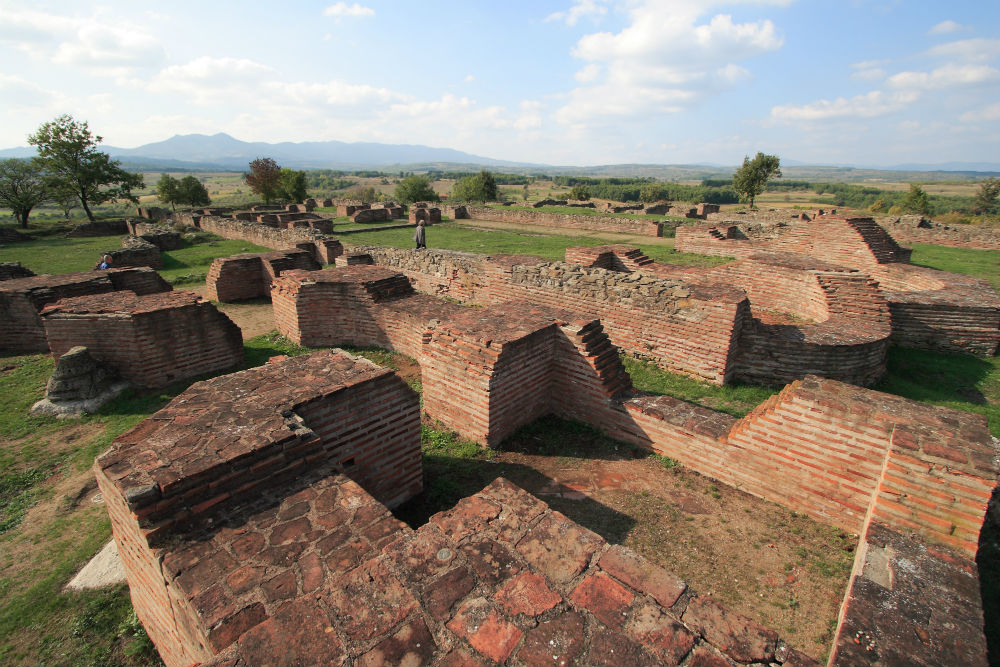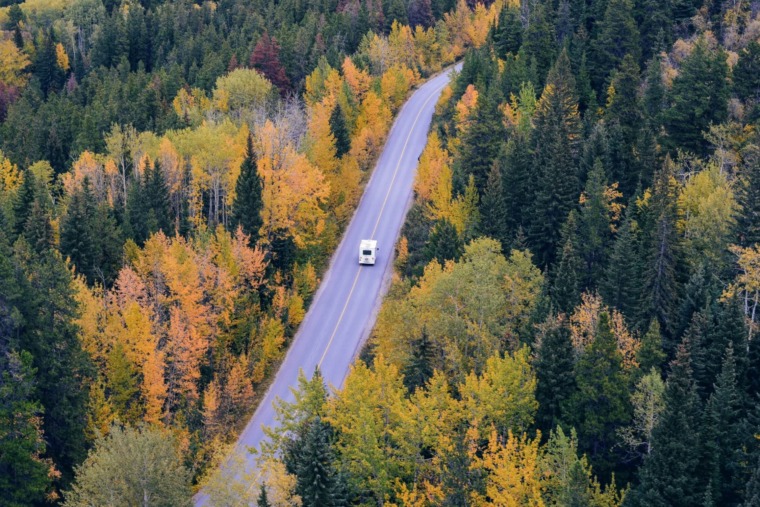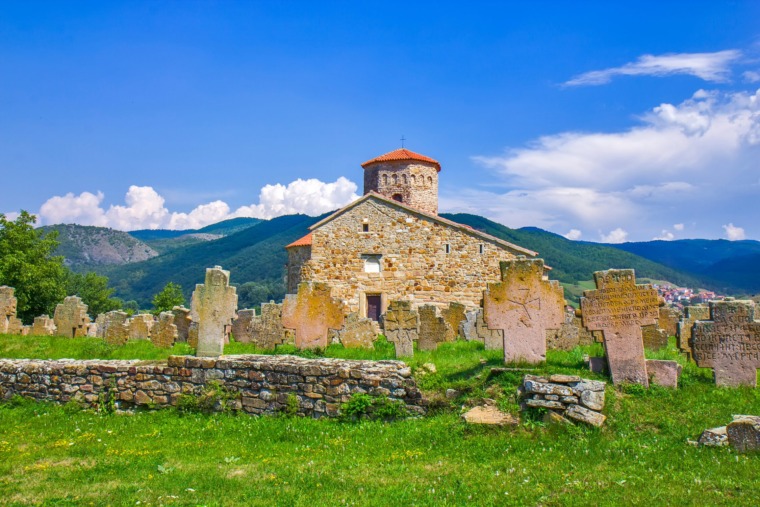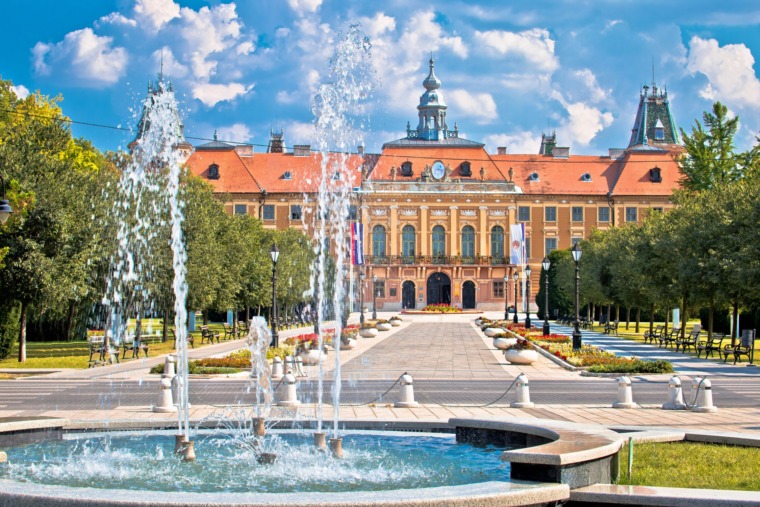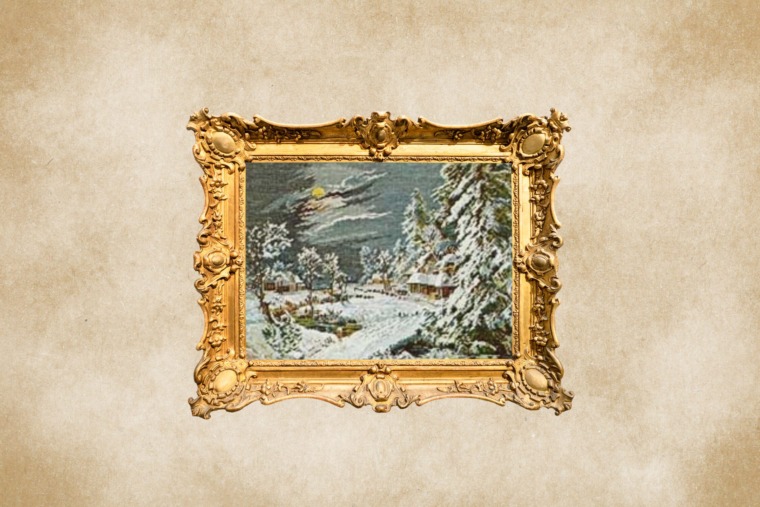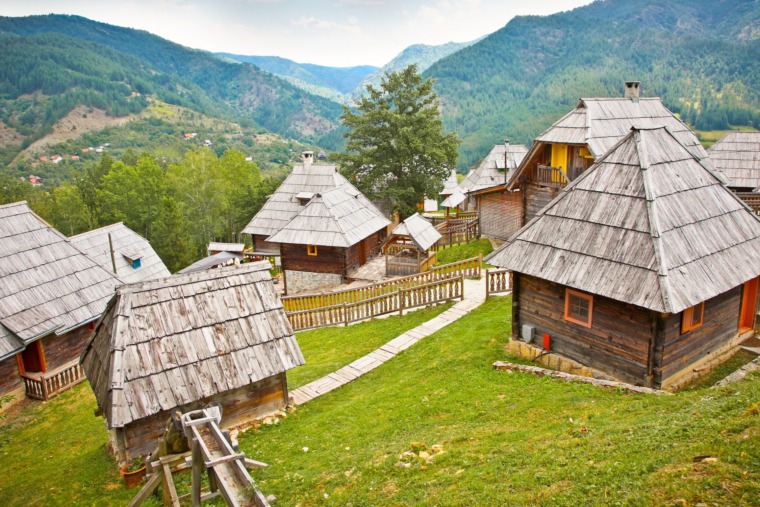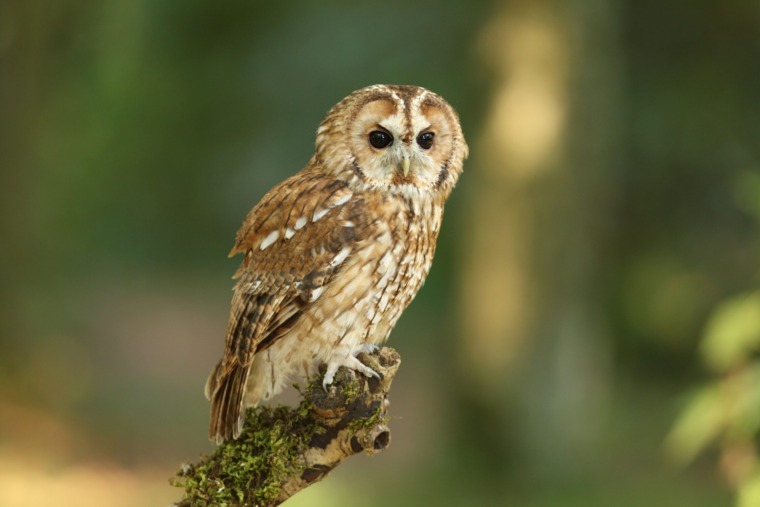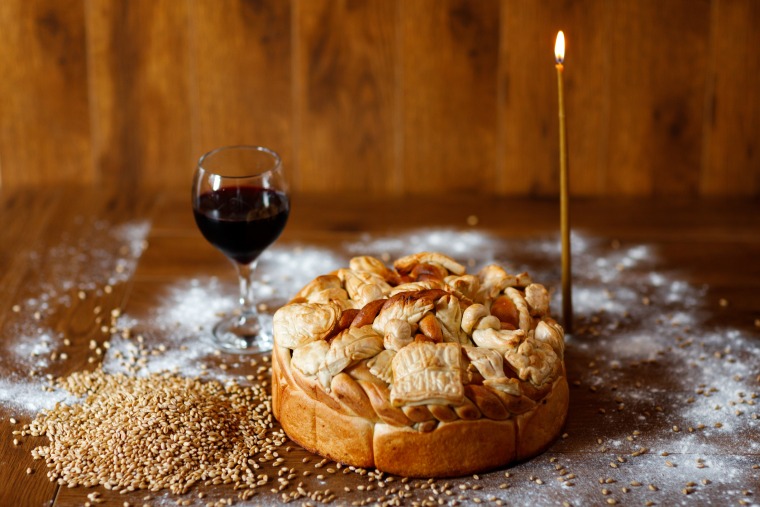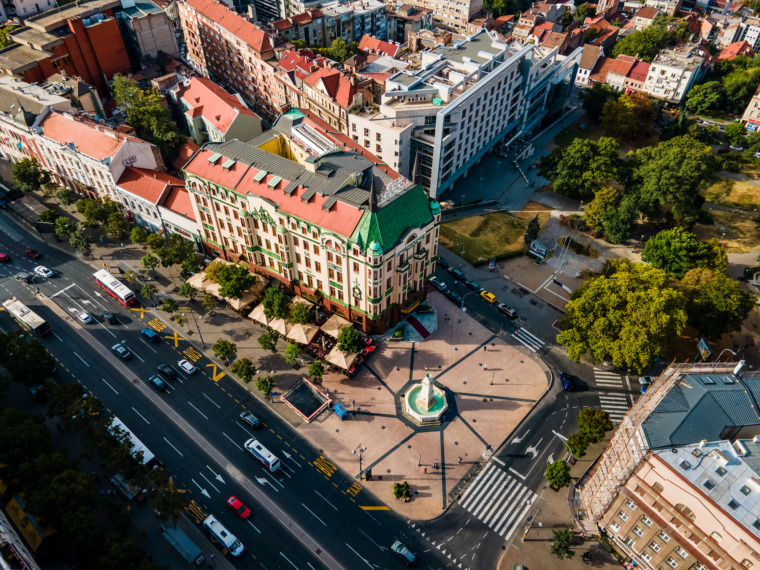This Byzantine city of Justiniana prima, in Southern Serbia, was built by the Emperor Justinian I, who had also built the famous Church of the Holy Wisdom, later an imperial mosque, and now the Hagia Sophia museum in Istanbul.
Justiniana Prima, or “Caričin grad” (eng. Empress’s town), one of the largest and most significant Byzantine cities in the Balkans from the 6th century, lies 7 kilometers from the town of Lebane in Southern Serbia.
The city was built by the Emperor Justinian I, who was born in Southern Serbia and was known for having completed the construction of the famous basilica Sancta Sophia or Sancta Sapientia, today the mosque Hagia Sophia in Istanbul.
The Emperor decided to build a city that would glorify his name in his birth place, on the confluence of the Caričina and the Svinjarica rivers, 30 kilometers from the city of Leskovac .
Justiniana Prima was built at the site of Bederiana and these assumptions are supported by the remains of monumental basilica with the authentic Justinian’s monograph and a large Episcopal basilica in acropolis. Aside numerous nonreligious buildings, there are ten basilicas discovered in the city.
The city of Justiniana Prima lies on the gentle slopes which descend from the mountain of Radan towards the Leskovac basin, on the plateau of 42,000 square meters. The city was an important religious, administrative and military center, the seat of the newly established Archdiocese of Justiniana Prima.
The city was surrounded with walls, while the inner walls divided the city into three areas – Acropolis, Lower and Upper Town. The Acropolis was built on the highest point of the city.
It was the seat of the Church and a large cathedral church with three apses, atrium and baptistery, one of the largest monuments of the Byzantine architecture in the Balkans, was discovered at the Acropolis. Discoveries of imperial seals and glasshouse are truly unique in this region.
The central area of the city was a circular square where all public life took place. The streets were paved with rectangular limestone panels and surrounded by shops with covered porches and arched arcades, where artisans offered their goods.
The remains of fortifications, streets, basilicas, public and private buildings, walls, aqueduct system and a large cistern, as well as floor mosaics in villas, make this archaeological site one of the most important monuments of antique architecture and urbanism. The three-aisled basilica with a crypt was found near the square, as well as the fragments of floor mosaic and frescoes. The third church, cruciform basilica with an atrium was located to the south-east from the forum.
The monuments of religious and profane architecture by their urban setting, mosaic floors and decorative elements fully correspond to the Procopius’s description of Justiniana Prima. After the frequent attacks of Avars and the arrival of Slavs around the year of 615, the city was abandoned by locals. The life in the city got extinguished, probably due to a fire or destruction of the aqueduct.
Justiniana Prima is commonly known as “Caričin Grad” (eng. Empress’s town) as it was believed that the Emperor Justinian had built the city for his wife, the Empress Theodora, is one of the best preserved archaeological sites in this region thanks to its isolated position far from frequent roads. The unique location of the city has guarded it from the menace of centuries.
The unique discovery was the interesting corner tower with the cistern where the aqueduct ended and the system of water pipes leading from the tower. The seat of the church with the Episcopal basilica was located in the Acropolis.
How to get to Justiniana prima?
Caričin grad lies in the foothill of Mt. Radan 7km from Lebane and 30km from Leskovac. You can reach this locality only by car or by bus within organized tourist visits.
If you are coming from the direction of Belgrade the road to Leskovac is completely fine on the European highway E-75 which continues on to the local M9 road towards Lebane then over the local road to Prekopčelica, where this locality is located.
When you are already here, don’t miss…
The unique taste of Leskovac grill (the pride of Serbian cuisine), brass music and bustling festival atmosphere at the Leskovac “Roštiljijada” (Grill festival) which is held towards the end of summer.

